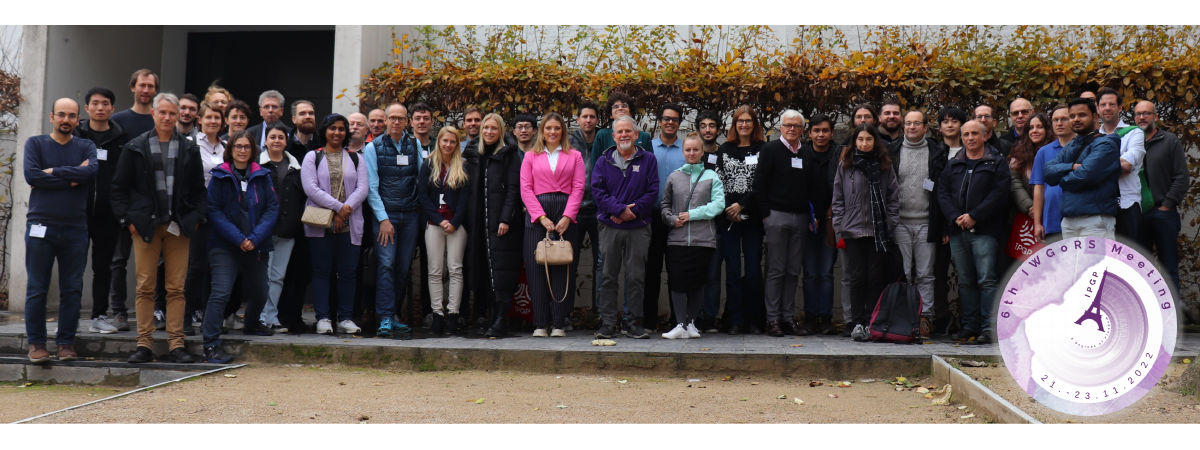Back Calculation of Earthquake-Rotated Objects (EROs)
Klaus-G. Hinzen
Seismologists have long utilized descriptions of earthquake-rotated objects (EROs) to analyze strong earthquakes. Mallet documented several such objects after the 1857 Neapolitan earthquake. In archaeoseismology, the rotated objects themselves constitute a basis for hypothesizing earthquake ground motions as the driving mechanism for the rotations. However, in practice, usually very little is known about the causing mechanisms. Are rotational ground motions involved, or are pure translational motions with the suitable frequency content and phase relation between the three components sufficient to explain EROs? Can observed rotations help to back calculate the ground motion parameters?
We use a 3D discrete element model of a simple rectangular block resting on a plane surface to study rotation-accompanied rocking. Single sinusoid and Morlet wavelets are used as ground motion input. The amplitude and phase relations between two rectangular horizontal components of the ground motion are systematically varied over a large parameter range, while the ground is fixed in the vertical direction. For a square block with 0.5 m width and 3.0 m height and a 1.0 Hz Morlet excitation function, a threshold of ground acceleration exists at 0.9 m/s2 below which no rotation is observed. Above this threshold, rocking of the block begins, and the block is progressively rotated up to 1.5 rad depending on the amplitude of the second component of ground motion. The rotational behavior using a single sinusoid is similar. Measured translational strong ground motion from the 2009 l’Aquila earthquake also leads to rotations of the test block around its vertical axis of up to 0.5 rad.
These initial simple numerical experiments show that a slender block can become an ERO without the additions of rotational components of ground motion: however, these effects still need to be calculated.
.png)